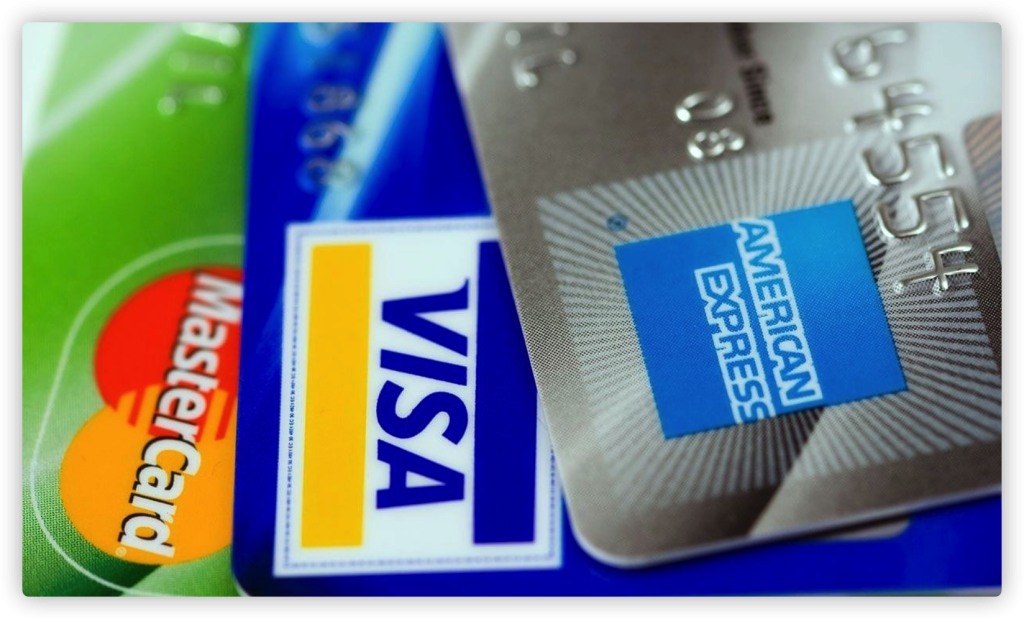
There are different types of credit available to consumers, each with its own unique features and terms. In this article, we will discuss the different types of credit, including credit cards, loans, and lines of credit.
Credit Cards
A credit card is a type of borrowing that allows you to make purchases on credit and pay for them later. Credit cards are issued by banks and credit card companies, and they typically have a credit limit (the maximum amount you can borrow) and an annual percentage rate (APR) that determines the interest you will be charged on unpaid balances. Credit cards can be unsecured (not backed by collateral) or secured (backed by collateral such as a savings account or security deposit).
Loans
A loan is a type of borrowing that involves borrowing a fixed amount of money from a lender and paying it back over a set period of time with interest. Loans can be secured (backed by collateral such as a car or home) or unsecured (not backed by collateral). There are different types of loans, including personal loans, mortgage loans, and student loans.
Lines of Credit
A line of credit is a type of borrowing that allows you to borrow up to a certain amount of money from a lender as needed. A line of credit is similar to a credit card in that you can make purchases on credit and pay for them later, but it typically has a lower APR and a higher credit limit. A line of credit can be secured (backed by collateral such as a home equity line of credit) or unsecured (not backed by collateral).
Conclusion
Understanding the different types of credit can help you make informed financial decisions and manage your borrowing effectively. Credit cards, loans, and lines of credit are all types of credit that can help you borrow money, but they have different terms and features that you should consider before borrowing. By understanding the pros and cons of each type of credit, you can choose the right one for your needs and financial goals.
